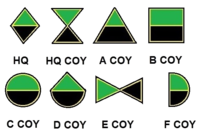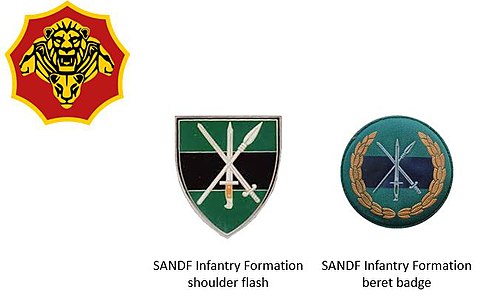The South African 2nd Infantry Division was an infantry division of the army of the Union of South Africa during World War II. The division was formed on 23 October 1940 and served in the Western Desert Campaign and was captured by German and Italian forces at Tobruk on 21 June 1942. The remaining brigade was re-allocated to the South African 1st Infantry Division.
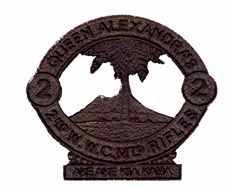
Queen Alexandra's Mounted Rifles (QAMR) is an armoured regiment of the New Zealand Army and forms part of the Royal New Zealand Armoured Corps. The regiment was formed in 1864 and is currently an armoured cavalry unit equipped with NZLAV.

The Cape Town Highlanders is a reserve mechanised infantry regiment of the South African Army.

The Bambatha Rifles is a reserve mechanised infantry regiment of the South African Army.

The Durban Light Infantry is a Motorised Infantry regiment of the South African Army. It lost its status as a Mechanised infantry regiment in 2010 in line with the rationalisation of resources. As a reserve unit, it has a status roughly equivalent to that of a British Army Reserve or United States Army National Guard unit.
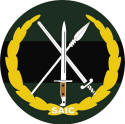
The South African Army Infantry Formation supervises all infantry within the South African Army.

Andrew Mlangeni Regiment is a reserve infantry regiment of the South African Army.

The Chief Langalibalele Rifles is a reserve infantry regiment of the South African Army.

The Kimberley Regiment is an infantry regiment of the South African Army. As a reserve unit, it has a status roughly equivalent to that of a British Army Reserve or United States Army National Guard unit.

The Chief Maqoma Regiment is a reserve infantry regiment of the South African Army. The regiment is located in the city of Port Elizabeth.

The General Jan Smuts Regiment is a reserve mechanised infantry regiment of the South African Army.
South Africa has a number of Traditional Regiments. These are mostly South African Army Reserve Force regiments that were established either under previous colonial governments or by the Apartheid regime and which have continued to exist by accepting the authority of the government-of-the-day - be it colonial, union, Apartheid, or fully democratic.
The Cape Mounted Riflemen were South African military units.
The Cape Colonial Forces (CCF) were the official defence organisation of the Cape Colony in South Africa. Established in 1855, they were taken over by the Union of South Africa in 1910, and disbanded when the Union Defence Forces were formed in 1912.
Ceylon Mounted Rifles was the only cavalry regiment attached to the Ceylon Defence Force which was the predecessor to the Sri Lanka Army prior to 1949 when the Ceylon Army was formed. It was a volunteer (reserve) regiment was based in Colombo made up of only of British.

The Duke of Cornwall's Light Infantry (DCLI) was a light infantry regiment of the British Army in existence from 1881 to 1959.
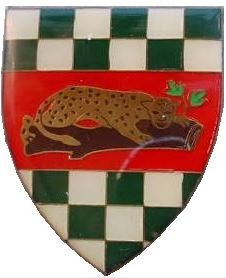
The Chief Makhanda Regiment is a reserve air assault infantry regiment of the South African Army.
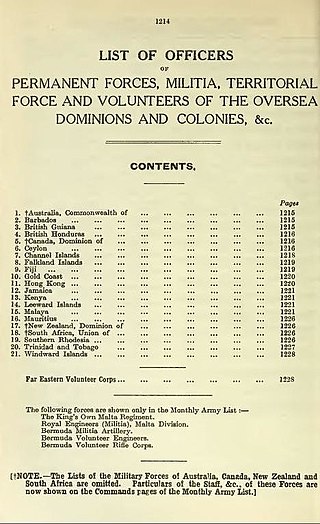
The British Colonial Auxiliary Forces were the various military forces of Britain's colonial empire which were not considered part of the British military proper.
This page details the South African Army order of battle in 1940, before and after the formation of expeditionary forces.

